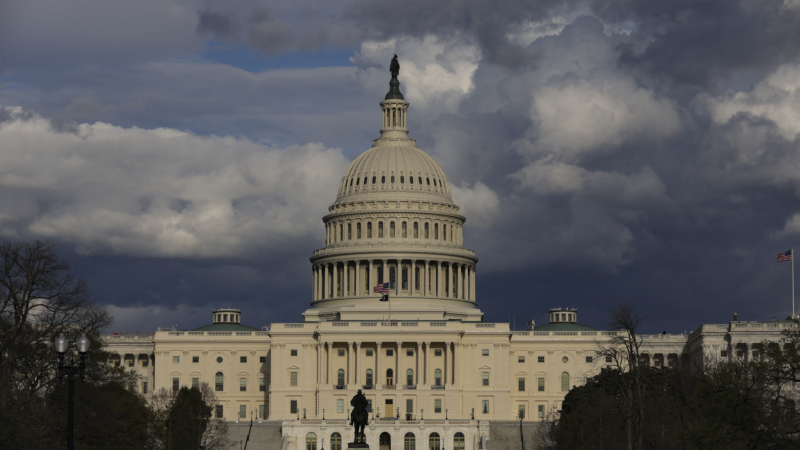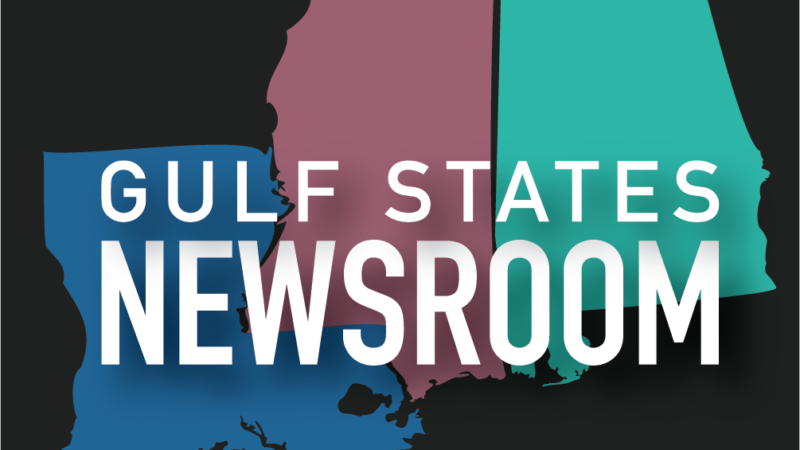Senate GOP passes budget plan, setting up a critical next phase for Trump agenda
After a flurry of overnight votes, the Republican-led Senate has approved a revised framework for a sweeping budget plan that is critical to President Trump’s domestic agenda.
The 51-48 vote in the early morning hours on Saturday brings congressional Republicans one step closer to finalizing a sweeping multi-trillion dollar plan to address defense, energy, immigration and tax policy.
“This resolution is the first step toward a final bill to make permanent the tax relief we implemented in 2017 and deliver a transformational investment in our border, national, and energy security,” said Senate Majority Leader John Thune, R-S.D., ahead of the vote.
Republicans in the House and Senate need to pass identical versions of a budget resolution in order to get access to reconciliation, a feature of the budget process that allows them to pass other policies and avoid a filibuster by Senate Democrats.
But they still face an uphill battle, as there are already signs of trouble in the House over details of the Senate framework.
Here is a quick look at what the Senate plan would accomplish, and what to expect in the days ahead as lawmakers move to the next phase.
An extension for Trump’s 2017 tax cuts
All together the Senate plan would allow for more than $5 trillion in tax cuts. The blueprint would extend the Tax Cuts and Jobs Act passed in 2017 under Trump’s first term. The program is set to expire by year end, which would mean a tax hike for millions of Americans.
The bill also provides for an additional $1.5 trillion in new tax cuts.
Republicans are hoping the new cuts can make good on several of Trump’s promises from the campaign, like no taxes on tips.
The House, by comparison, has passed a budget framework that sets aside $4.5 trillion for tax cuts.
Paying for tax cuts
One of the biggest differences between the Senate plan and the House plan is how to pay for tax cuts. The bill directs both chambers to cut the deficit through spending cuts. While the Senate spending cuts are set at just around $4 billion, the House intends to cut at least $1.5 trillion. That includes a directive to the House Energy and Commerce Committee to cut $880 billion in spending, which has raised fear that those cuts can’t happen without a significant hit to Medicaid benefits.
Senate Republicans are also hoping to use a procedural gimmick that would effectively work to make the $3.8 trillion it would take to extend the Trump tax cuts appear to cost nothing. It’s a risky approach that is already causing tension between Republicans in the Senate and their House counterparts — and could prove one of the biggest obstacles to final passage.
The plan would lift the debt limit
To avoid a catastrophic financial default this summer, the Senate plan would raise the U.S. debt limit by $5 trillion. Without an increase, the government would be unable to issue new debt, which means it wouldn’t have money to pay its bills, including the interest it owes to bondholders.
Economists warn that if the U.S. were to ever default on its debt, it would be disastrous not just for the U.S., but for the global economy. The Congressional Budget Office, Congress’ nonpartisan scorekeeper, predicts that if lawmakers don’t act, the U.S. may breach the debt limit by August or September.
Money for the border and the Pentagon
The Senate plan also calls for an additional $521 billion in spending for a range of GOP policy priorities. There as much as $175 billion that’s expected to be used for border enforcement, plus $150 billion for defense spending.
Plenty of wildcards still to be sorted out
While Republicans in both chambers are largely in line on their hopes to get a plan to President Trump’s desk in the coming weeks, their razor thin margins threaten their ambitious agenda with lots of moving parts.
There are already some fiscal hawks in the House who still want to see bigger and more specific plans to cut spending. That’s handing House Speaker Mike Johnson, R-La., a tall order to win over these holdouts.
The two chambers are likely headed for a high-stakes clash over how deep to go on deficit reduction, versus the cost of extending the Trump tax cuts and whether they’ll have to cut into Medicaid to make it work. Ultimately, it will test congressional Republicans appetite to touch a political third rail in a pivotal moment for the party.
Auburn tabs USF’s Alex Golesh as its next coach, replacing Hugh Freeze on the Plains
The 41-year-old Golesh, who was born in Russia and moved to the United State at age 7, is signing a six-year contract that averages more than $7 million annually to replace Hugh Freeze. Freeze was fired in early November after failing to fix Auburn’s offensive issues in three seasons on the Plains.
Alabama Power seeks to delay rate hike for new gas plant amid outcry
The state’s largest utility has proposed delaying the rate increase from its purchase of a $622 million natural gas plant until 2028.
Former U.S. Sen. Doug Jones announces run for Alabama governor
Jones announced his campaign Monday afternoon, hours after filing campaign paperwork with the Secretary of State's Office. His gubernatorial bid could set up a rematch with U.S. Sen. Tommy Tuberville, the Republican who defeated Jones in 2020 and is now running for governor.
Scorching Saturdays: The rising heat threat inside football stadiums
Excessive heat and more frequent medical incidents in Southern college football stadiums could be a warning sign for universities across the country.
The Gulf States Newsroom is hiring an Audio Editor
The Gulf States Newsroom is hiring an Audio Editor to join our award-winning team covering important regional stories across Mississippi, Alabama and Louisiana.
Judge orders new Alabama Senate map after ruling found racial gerrymandering
U.S. District Judge Anna Manasco, appointed by President Donald Trump during his first term, issued the ruling Monday putting a new court-selected map in place for the 2026 and 2030 elections.









